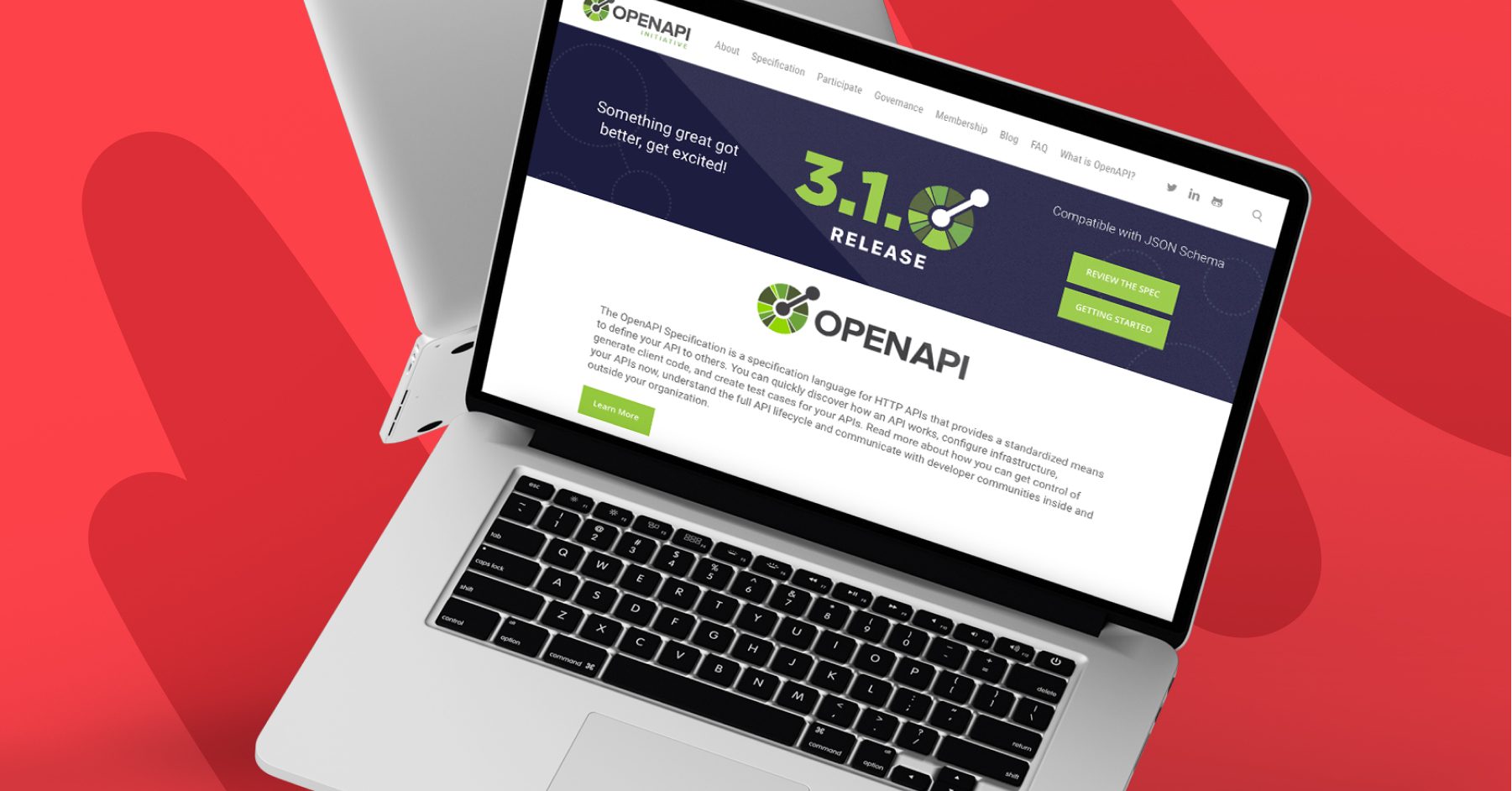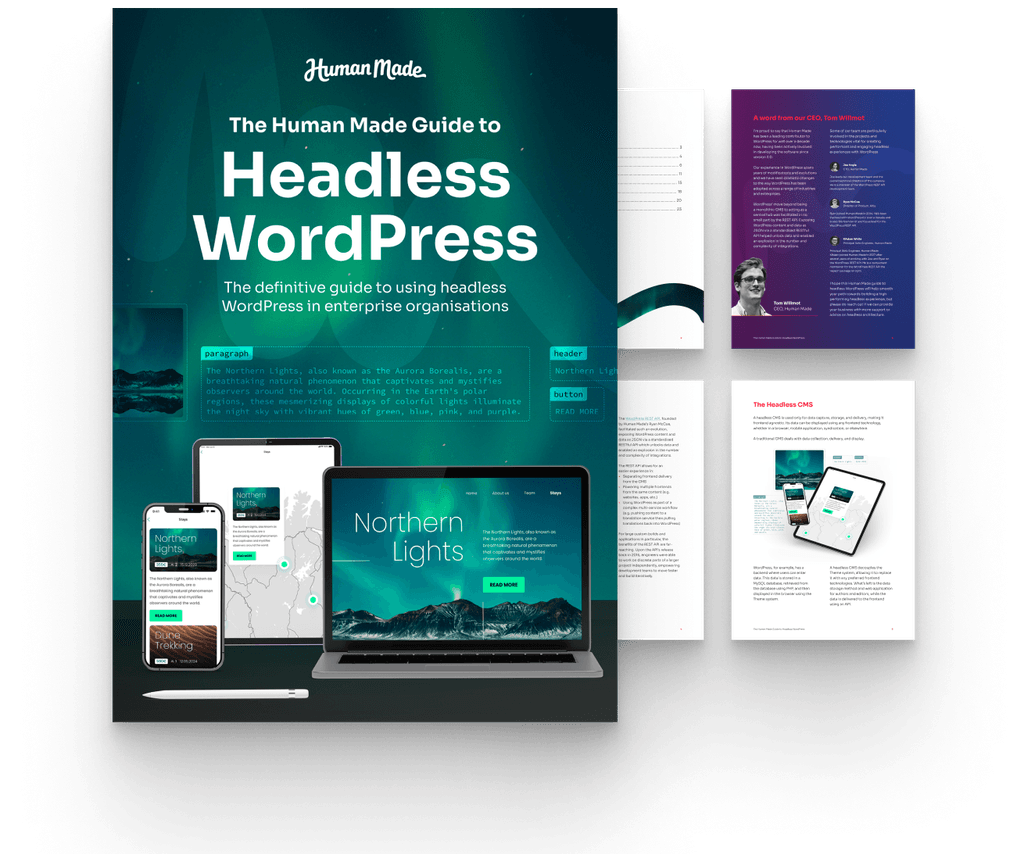
Considering headless architecture for your WordPress site? First, you’ll need to know your options for headless WordPress Open APIs.
What is an Open API?
Open APIs are publicly available application programming interfaces (APIs) that give developers access to proprietary software information that they can make use of in their own software and applications.
REST is the ideal architecture for creating an Open API for the web because, by using HTTP, it is built on the principles of the open web. To leverage an open REST API, a developer just needs to make an HTTP request. By making data available for developers to use in their own applications, open APIs have transformed the internet.
Developers can access data across services, creating applications that aggregate information from different providers, and leveraging that data to their own needs. This aggregation of public data across different platforms enables the creation of feature-rich, powerful applications that do more than any individual product or service could do on its own.
Open API options for headless WordPress builds
Deciding which API best fits the needs of a site depends on individual requirements. Headless development can use many potential approaches, with mature solutions using both REST APIs and GraphQL available for WordPress. Let’s explore which Open API options might be best for your headless WordPress site.
WordPress REST API
The WordPress REST API provides an interface for applications to interact with WordPress sites by sending and receiving data as JSON objects.
Developed by Human Made colleagues including Ryan McCue, Joe Hoyle and KAdam White, the REST API is built into WordPress Core and is used by WordPress itself, meaning it’s stable, reliable, and always up-to-date with the latest and greatest WordPress features.
The REST API is straightforward to use, scalable, and has a well- established ecosystem with wide compatibility. The flip side is that it can be inefficient for complex queries, and can have problems with over- or under-fetching information: it might take multiple steps to achieve the desired outcome.
GraphQL
GraphQL, originally created by Meta, is a query language API that allows a client application to request just the needed data from a remote server. This can include a complex query with specific fields and connected objects.
Compared with the REST API, a big plus of GraphQL is that it can be more efficient in dealing with large amounts of data. It’s fast, allows for rapid development, and can be less error-prone. It is, however, more complex to work with, lacks standardised tooling, and doesn’t have the full functionality of the REST API.
Unlike the REST API, GraphQL is not supported out of the box by WordPress, and requires third-party plugins instead. Users should also be aware that its third-party status means GraphQL may not always reflect the latest features or functionality of WordPress, and it may not be updated as regularly as an API built into WordPress.
GraphQL can also be prone to issues like malicious queries or resource exhaustion attacks, and site developers should pay close attention to the security of the system.
The hybrid approach
Combining the strengths of GraphQL and the REST API, hybrid design patterns can result in flexible and efficient API solutions.
One of the more common hybrid patterns sees GraphQL used for bulk data fetching, with REST APIs used to augment this where complex interactions are necessary. This approach minimises requests and data over the wire, without being constrained by either API’s limitations.

The Human Made Guide to
Headless WordPress
The definitive guide to using headless WordPress in enterprise organisations.
